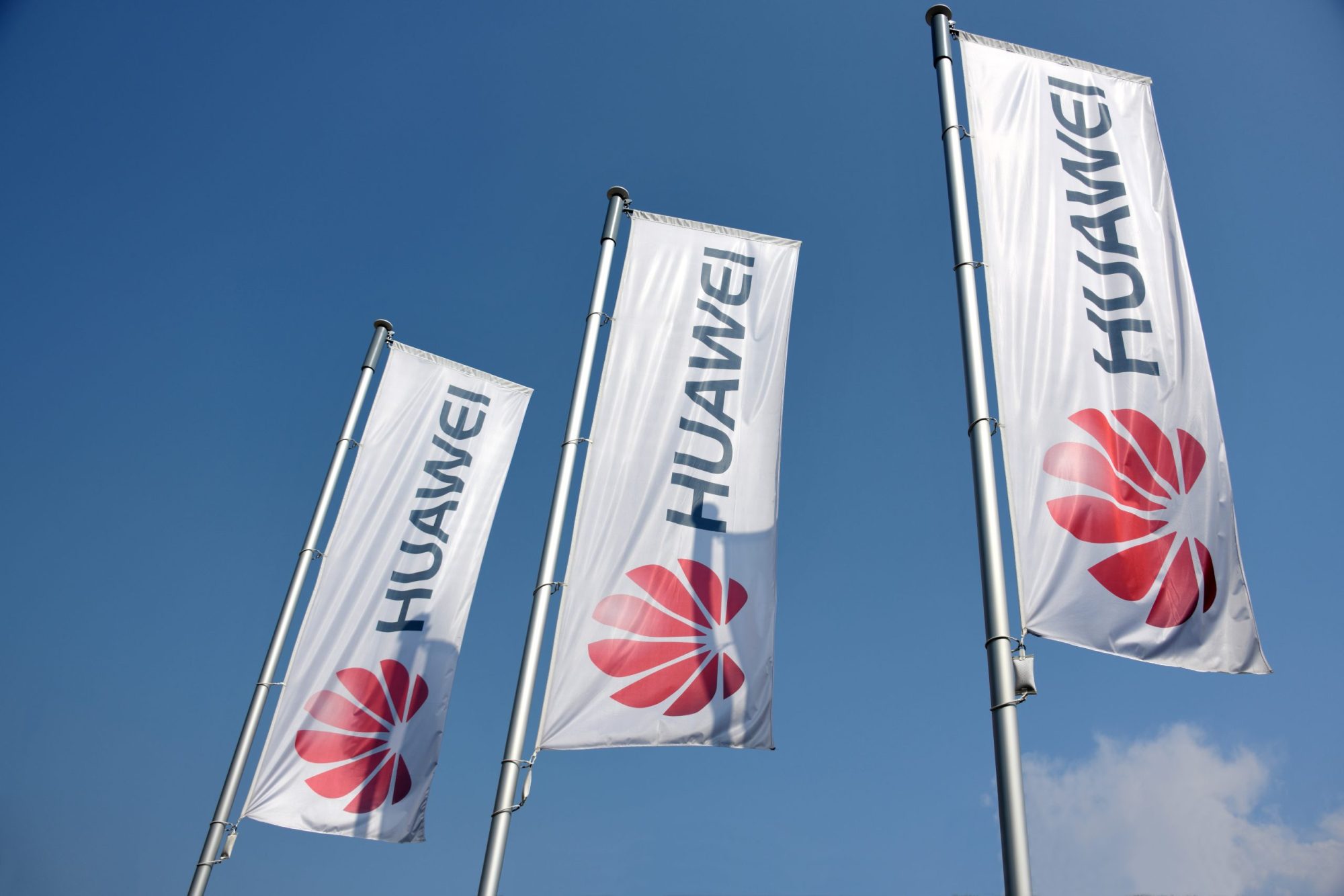Note: The article was first published on TechNode China written by Evan Huang and translated by Zinan Zhang.
Huawei, a leading Chinese hardware manufacturer, made a notable return to the spotlight last year with its high-end Mate 60 series. Recently, rumors and leaks about the upcoming Huawei Mate 70 series have sparked significant consumer interest and anticipation in China. Reportedly, this new device is set to launch in mid-November. Given the information leaked so far, what key features can we expect?
Latest leaks and highlights
Recent leaks suggest that the Huawei Mate 70 series will, like last year, include four main versions: the Standard, Pro, Pro+, and the RS Ultimate Design. The Pro version is expected to be the highlight, offering a premium entry-level experience. Early glimpses of the Mate 70 Pro reveal a design that pays homage to the Mate 50 series, with a unified back color scheme and a triple-punch display on the front, likely enhanced by a quad-curved micro-edge design.
The new Kirin chipset is expected to deliver significant advancements in processing technology and performance. The Pro version will feature a BOE-supplied 2K display, approximately 6.8 inches in size, with 2160Hz PWM dimming and a 120Hz refresh rate. It will also be equipped with next-generation KUNLUN GLASS and reinforced with Xuanwu architecture, greatly improving resistance to drops, compression, and impact. Water resistance may also be upgraded to IP69 standards, adding further durability.
Popular blogger @厂长是关同学 shared a post on the Chinese social platform Weibo earlier in October saying, “If the rumors hold, the new Kirin chipset in the Huawei Mate 70 series will cost around RMB 1,100-1,300, marking a substantial investment. Other components—such as the screen, CMOS sensor, and power management chip—are also expected to be on the higher end of the price spectrum. Despite an estimated production cost nearly 30% above Apple’s 16 series, the Mate 70 series price won’t surpass Apple’s. The launch is slated for mid-next month (data for reference only).”
Additionally, blogger @智慧皮卡丘 leaked that the Huawei Mate 70 also features a flat-edge frame and side fingerprint power button, and the new Kirin chipset will be standard, along with 3D facial recognition. Although the battery capacity is thought to not exceed 6,000mAh, power optimization is still expected to be high. Regarding imaging, the main camera is expected to utilize the OV50K large sensor from China’s OmniVision.
HarmonyOS boosts Huawei’s hardware experience
On October 22, Huawei officially launched HarmonyOS NEXT, marking the third major mobile operating system globally alongside Apple’s iOS and Android. Unlike previous HarmonyOS versions, which relied on AOSP open-source code and compatibility with Android apps, HarmonyOS NEXT is entirely self-developed, bringing significant improvements in system smoothness, performance, and security, while enabling the Chinese tech giant to have full control over the OS.

At the launch event, Richard Yu, Executive Director and Chairman of the Board of Directors of Huawei’s Consumer BG, announced that HarmonyOS NEXT 5.0 delivers a 30% increase in smoothness, an additional 56 minutes of battery life, triple the connection speed, four times the device connectivity, and a 20% reduction in power consumption. Currently, there are over 15,000 native HarmonyOS apps and service modules, with updates being released almost daily. HarmonyOS has seen widespread adoption, with over 38 million enterprise applications in use nationwide in China and thousands of internal applications for businesses and government agencies going live.
HarmonyOS NEXT facilitates seamless connectivity across multiple devices, including smartphones, tablets, and in-car systems. Utilizing a new distributed soft bus, it achieves three times faster cross-device connections with lower power consumption, supporting simultaneous connections with up to four devices for features like cross-device scanning, photo library sharing, and clipboard sharing. These advancements are expected to drive Huawei hardware sales.
In conclusion
In summary, the Huawei Mate 70 series stands as the most eagerly awaited flagship phone of Q4 in China. From its design and internal configurations to advancements in imaging technology and its operating system, the device promises significant upgrades and breakthroughs. Particularly notable is the HarmonyOS NEXT, signaling a bold move toward ecosystem integration. Though Huawei has yet to reveal the full details of the new device, the hints so far are already building excitement.

